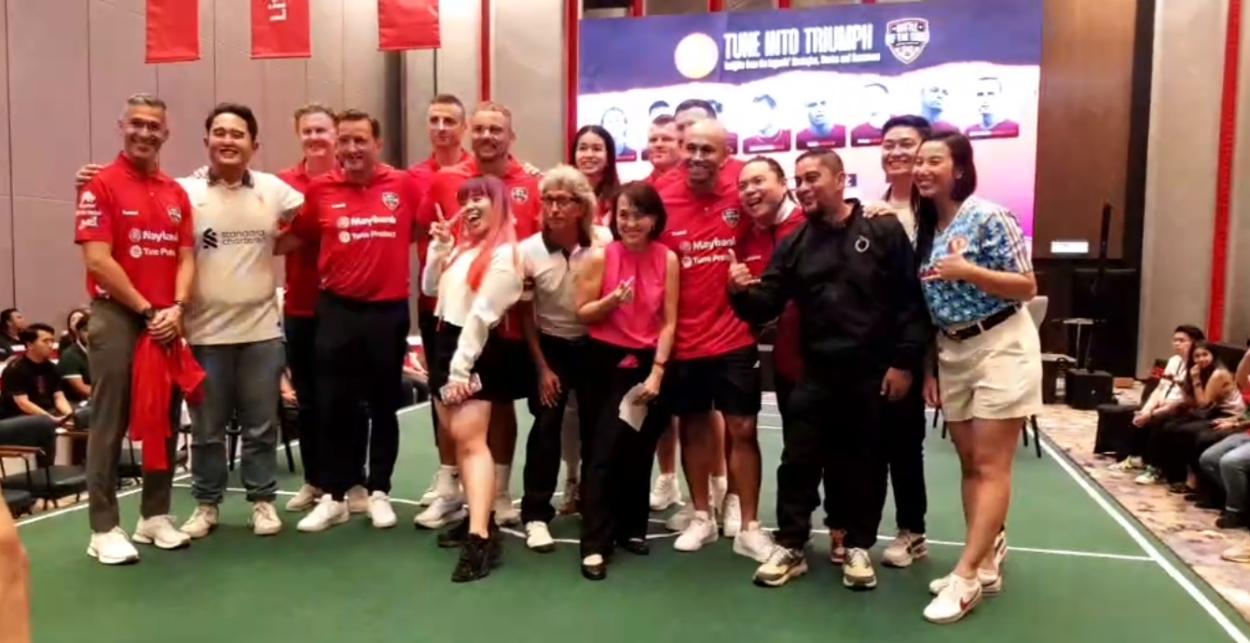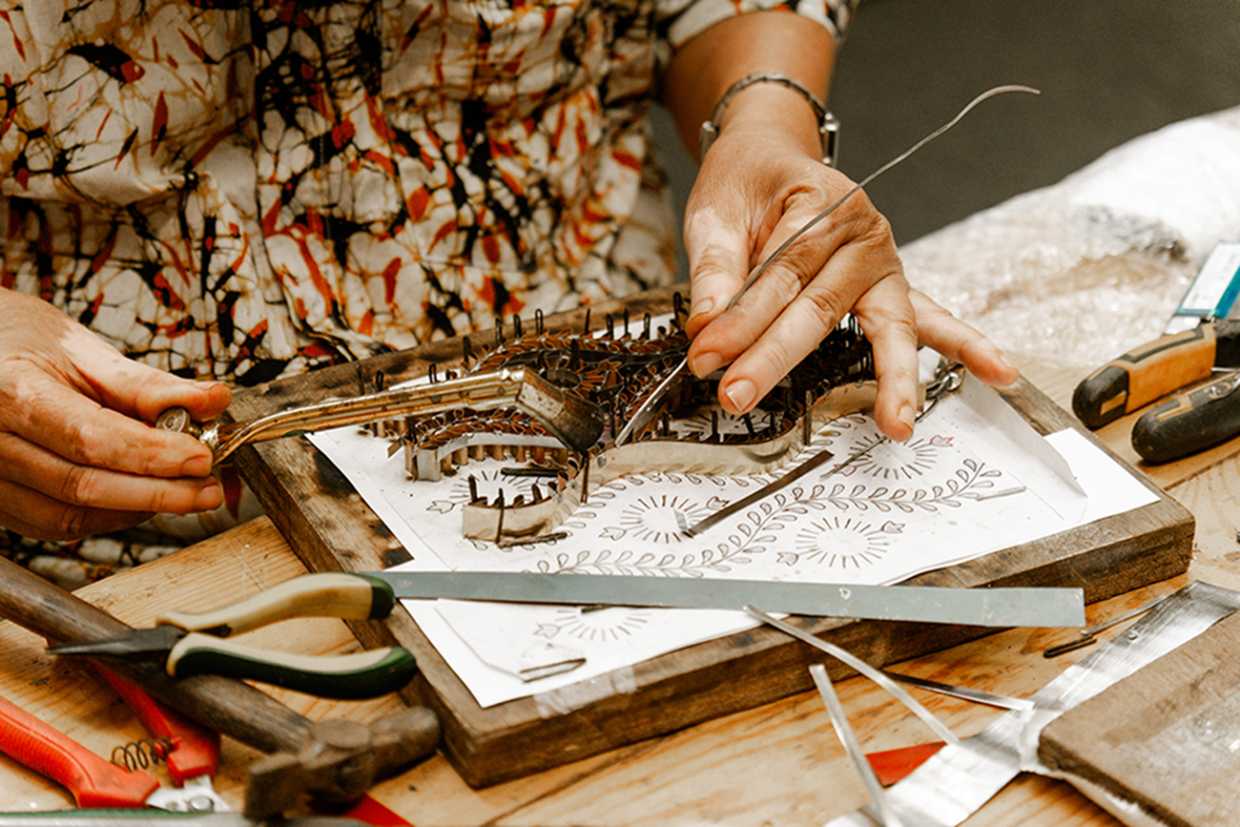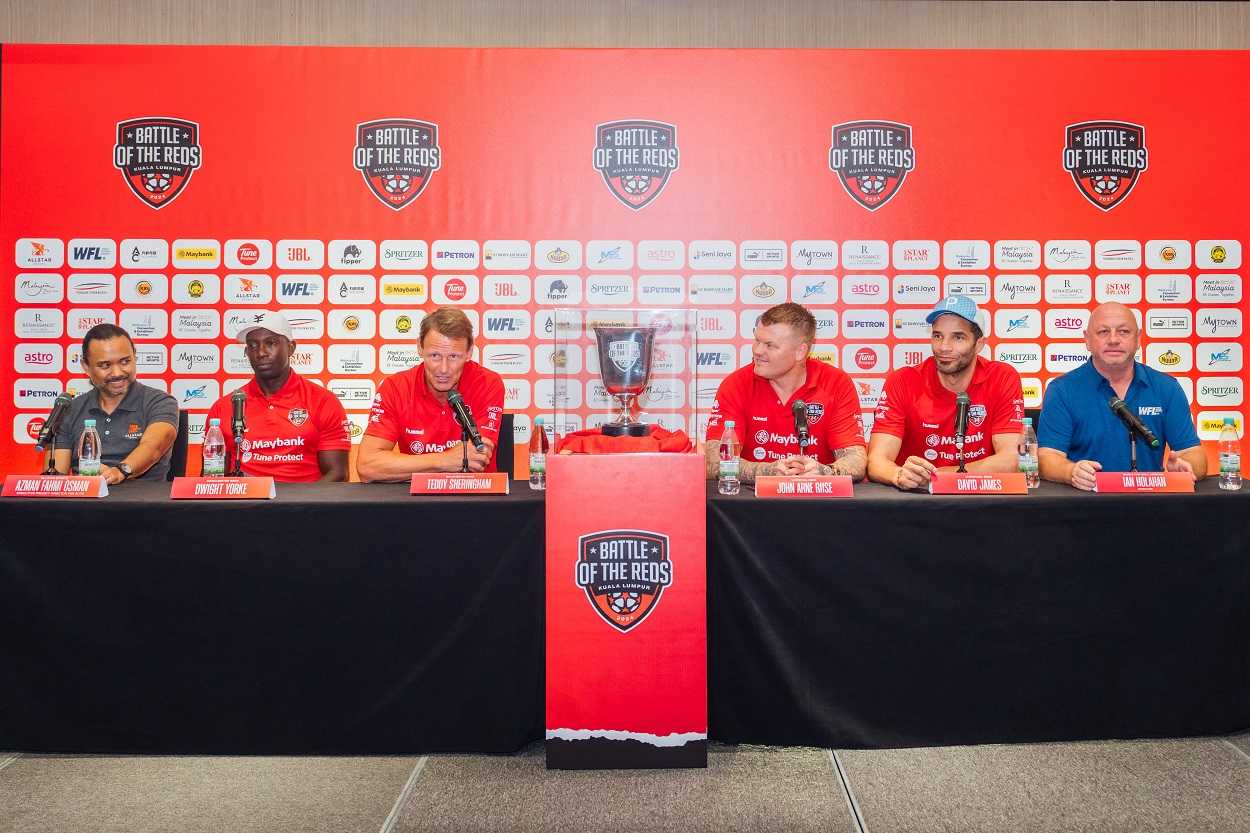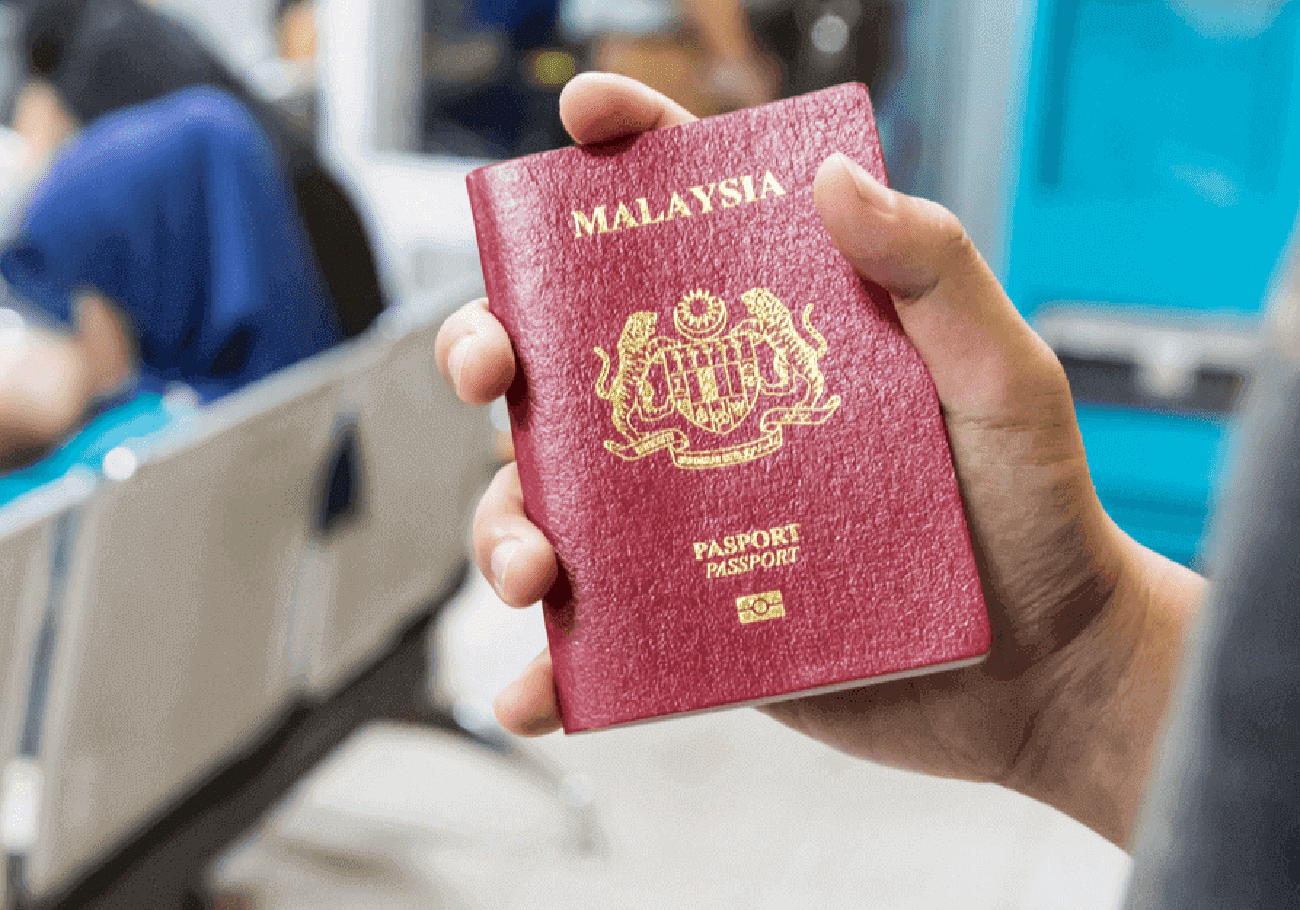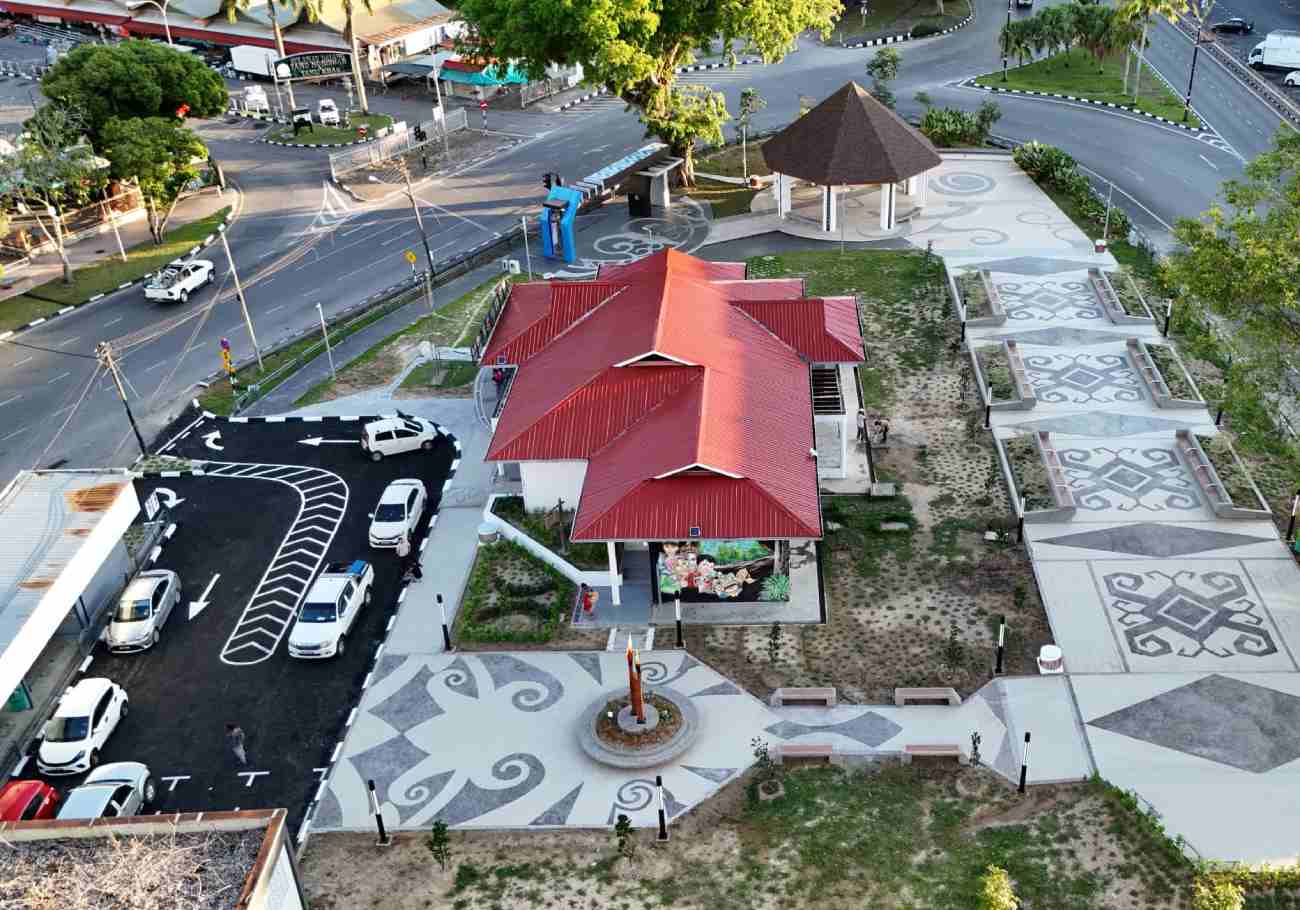For a generation of Malaysian lovers of the classical realm in dance, Ramli Ibrahim has been dynamism and creativity personified, but the man who has inspired many towards theatrical dance is worried over the paucity of male dancers in the art form, reports Press Trust of India (PTI).
A cultural icon for many in this multi-ethnic country, Ramli is credited for infusing new experimental thought in Malaysian theatre and as a trainer of Odissi and Bharatnatyam has groomed some of the finest dancers in Malaysia.
However, the veteran artist is concerned that a stigma associated with dancing, for men, is preventing many good talents from entering the stream.
“The number of male dancers coming to learn classical dancing is not very
encouraging,” says 58-year-old Ramli, whose Sutra Foundation trains dancers in traditional and contemporary styles.
“I think one of the reasons is that there is a kind of stigma attached to male dancing, especially in countries of Asia. This is not the social trend in Europe,” he says.
Moreover, he says, when dancing is not a very viable option to earn money, even those who love the art wither away with time.
“So only a few who are really driven by a passion to dance and cannot think of living without it take it up,” he says.
Ramli’s school where over 200 students are taught, however, is flourishing with students of different ethnicities eager to learn and experiment with various dance forms.
While he studied mechanical engineering as a student, he was drawn towards Bharatnatyam and later to Odissi, to which he also blended his rich expertise in ballet and other contemporary forms.
For a person who grew up in a rich mix of cultures in a country where ethnic Indians were a large presence, it was not difficult as a dance lover to get attracted towards the Indian dance forms.
“Indian culture was pervasive even when I was a child. In the 1960s Bharatnatyam and semi classical dances were very common on our television. However Odissi was not at all known at that time,” he says.
An accomplished ballet dancer with the Sydney Dance Company, Ramli’s love and enchantment towards Odissi, however, took him to Puri in Orissa where he became a disciple of known Odissi dancer Guru Deba Prasad Das.
“Bharatnatyam was my first love, it was more pervasive in Malaysia. But Odissi, which is different from the sharp movements of Bharatnatyam was something I helped introduce in my country,” he says.
It was in 1984 when he returned to Malaysia for the first time to render a performance. To Ramli, who performed the Indian forms under the name ‘Ramchandra’, Indian classical forms are as much a part of Malay culture as are Malaysian traditional forms.
The man, who in his own words is trying to “redifine modernity from the Asian perspective,” is happy that his audience comprises Indians as much as Malays and Chinese.
“I am one of the few Malays who promote the idea that all three cultures are part of our indigenous culture. I never deny anything that has made my personality. My Odissi too has a Malay character, and my students also go through the training of ballet,” he says.
Consistently worked to evolve his dance forms, Ramli says his dancers have to work hard for an audience but he is happy that a new more experienced bunch of ‘gurus’ is emerging.
“I am urging my students to think beyond certain repertoire in Bharatnatyam and Odissi,” he says.
– Bernama







